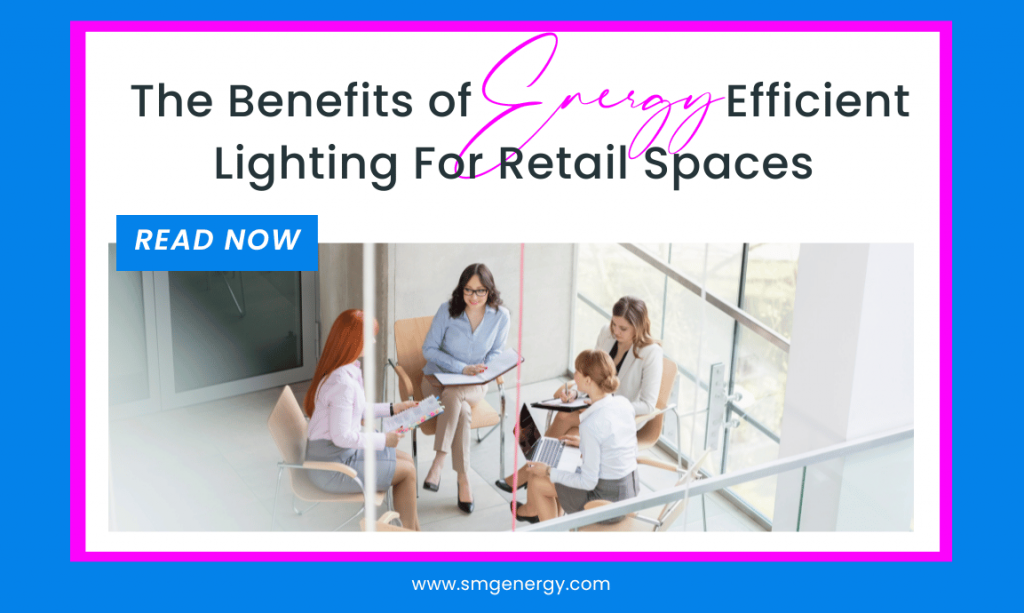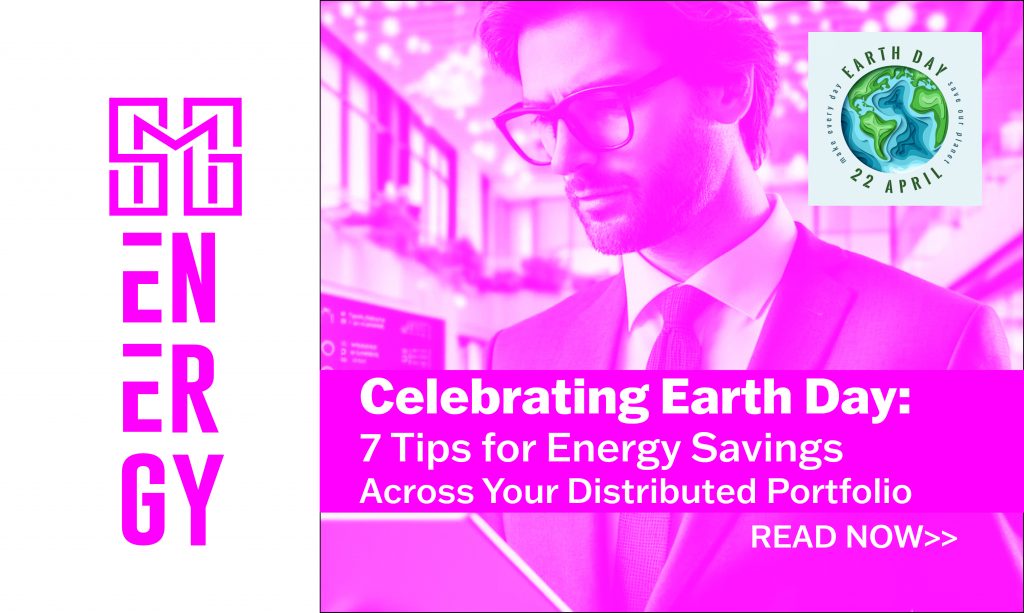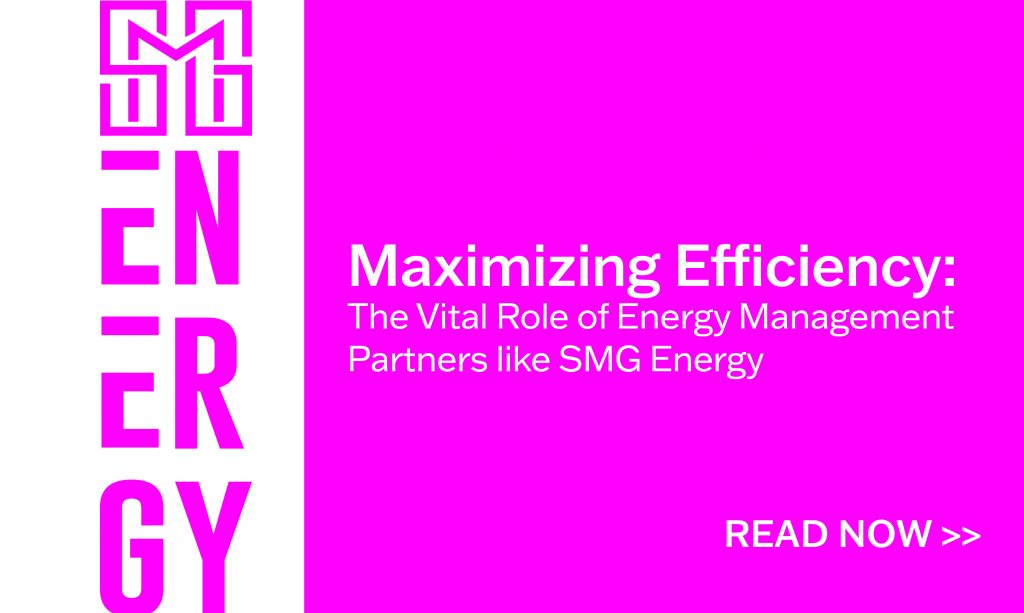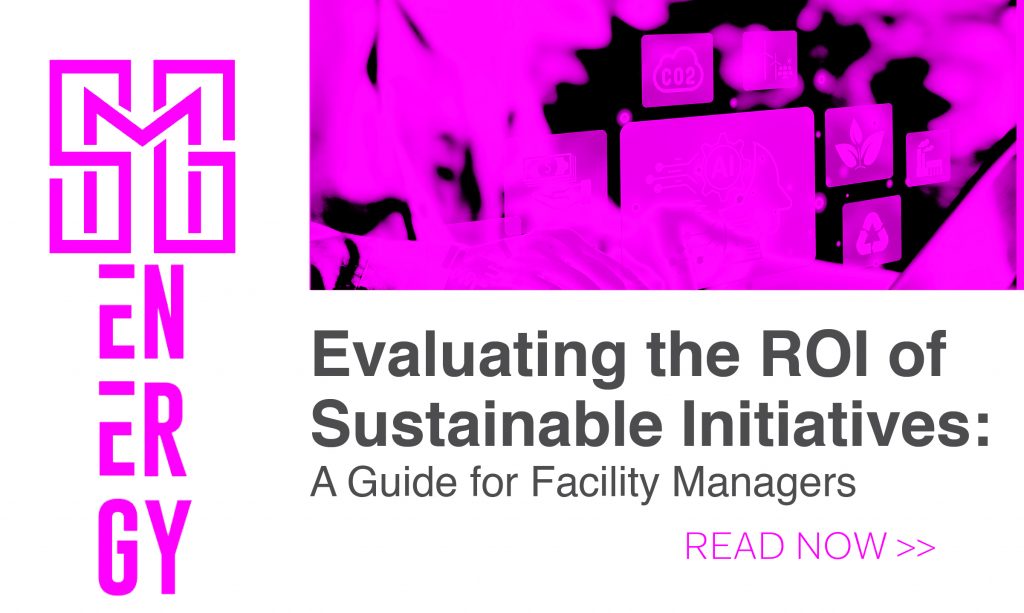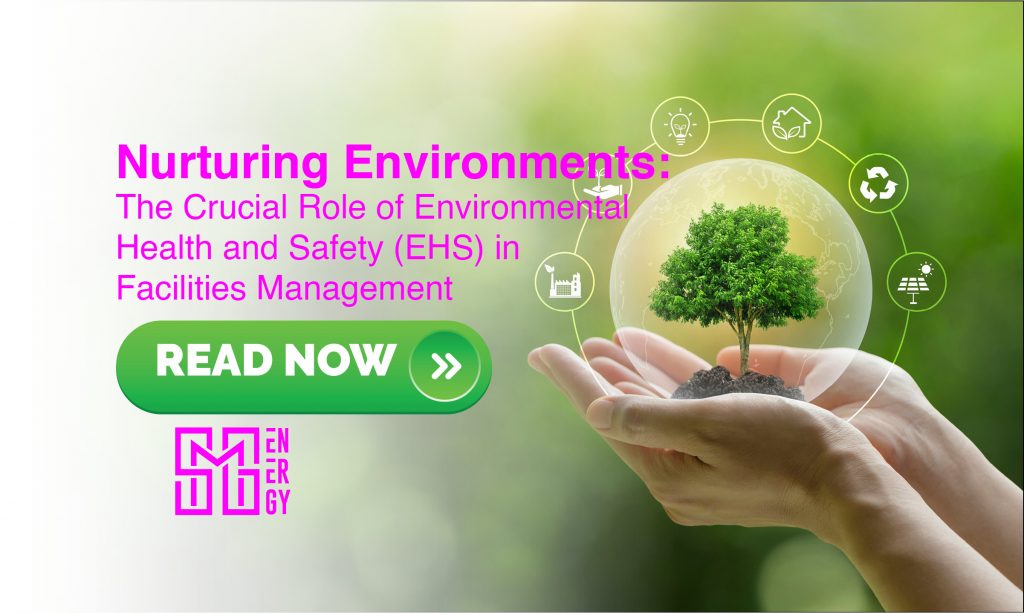Energy-efficient lighting has been around for a while now. At first, it was a hard sell. But as the quality of the lights and the lighting systems improved, they became a regular part of everyone’s daily lives. For multi-site retailers today, it can be more than that. A business can use energy-efficient lighting solutions to save money and reduce its environmental impact in more ways than one. This blog further breaks down the cost savings and sustainability improvements that the strategy of making efficient lighting system changes can do for your company. This article also details how a company can improve both of those benefits by working with an energy consultancy partner.
Energy-Efficient Lighting Tips
There are plenty of different ways to make alterations to your current lights or lighting systems. Let’s take a look at some of them:
- Employing automated and smart technology: An automated smart hub allows a company to set up daily schedules that ensure lighting turns on or off automatically at certain times to suit when facilities or rooms are in use or not. The system can also dim lighting or monitor usage to expose areas with unexpected energy drains.
- Doing a retrofit with LEDs: According to the U.S. Department of Energy, LEDs use up to 90% less energy and last up to 25 times longer than traditional bulbs. So you get a bulb that is more efficient and lasts much longer, giving you two ways of saving.
- If the light is not in use, flip the switch: If the lights cannot be put on an automated lighting system or it can be too costly to put them on a system, that’s where the human element can come in. If all the employees can buy into a policy of turning off lights when not in use, that can collectively make a difference.
- Using lights only where needed: When it comes to outdoor lighting, consider whether the area really requires exterior illumination. If people are not in that area and there are no security concerns, then lights are not likely to be needed. This lighting is unnecessary, wastes energy, and adds to light pollution.
- No need to overlight: This can apply to indoor and outdoor areas. Overlighting can waste a lot of energy and can be hard on the eyes. Look at each room’s and outdoor area’s lighting and assess if it can be toned down. Excess lighting can add to light pollution.
- Installing dimmers and motion sensors: Both devices can be quite helpful in reducing energy use. Dimmer switches can also give you the ability to adjust the lighting to suit whatever situation you are in at the time. Motion detectors come on only when the area is occupied.
- Removing the dust and changing out old blubs: The buildup of dust on lamp fixtures and lightbulbs can reduce the light. Cleaning and dusting them regularly should be part of your maintenance plan. Replace older lightbulbs that might not be putting out enough light.
Cost Savings
By coming up with and implementing an energy-efficient plan for lighting, a company can save energy and money in three main ways. Here’s a look at each one of them:
Lower Energy Consumption
The less energy you use, the lower your energy bills will be. And lighting is one of the biggest drains on any company’s monthly energy bill. That means all the ways you can conserve energy in lighting can add to worthwhile savings. With so many ways to save energy in lighting, it’s difficult to determine the actual total savings until you have made the changes and looked at the latest energy bill. But some estimates say you can save 40% or more on your bills by changing your lighting systems and fixtures.
Reduced Air Conditioning Costs
The secondary area where companies can save money with lighting changes is with your air conditioning. Older lighting systems are significant producers of heat. For example, incandescent bulbs can give off hundreds of more degrees of heat than fluorescent tubes, while one of the benefits of LED lighting is that it gives off very little heat. With less heat emitted from the lights, office spaces are not as warm and need less air conditioning to keep the area at a comfortable temperature. As a result, you not only save on the energy bill but will also save on the wear and tear of the HVAC unit.
Less Maintenance
With bulbs that last longer, not only are you saving money by not having to buy bulbs as often, but you are also saving on the maintenance it takes to check and replace those bulbs. Just look at these numbers to see the difference: Incandescent bulbs last about 1,000 to 1,500 hours, while LEDs now can last 50,000 to 100,000 hours. That means you have to change an incandescent bulb at least 33 times as often as an LED bulb. This also significantly reduces replacement costs and the employee hours to change those bulbs. Another area of maintenance savings is the HVAC unit. Less heat from the bulbs means cooler temperatures, and the air conditioning will not be coming on as often. The unit will likely require less maintenance because it is not working as hard or often.
Environmental Impact
While the cost savings are significant when changing to energy-efficient lighting, also take notice of the environmental impact. Two areas where an energy-efficient lighting system can make a difference: are the resources used to make the product and the resources saved by using the product. Let’s take a closer look at those two impact areas:
Making Energy-Efficient Lighting
Fewer bulbs need to be produced with energy-efficient lighting because they last longer. That means fewer natural resources used to make the blubs, which in turn means less of a carbon footprint created by the companies that make the product. In addition, fluorescent bulbs use toxic chemicals, such as mercury, while one of the benefits of LED lighting is that its bulbs produce zero toxic elements. That not only makes LED bulbs much safer to handle, but it also means they cannot harm the environment in the same way fluorescent bulbs can. LED lights require no significant production safeguards, and there is no concern over whether the product is hazardous when it’s time to dispose of it.
Using Energy-Efficient Lighting
An energy-efficient lighting system requires less power to make it work. Lower energy usage levels mean the output by energy producers is lessened, fewer fossil fuels are needed to produce that energy, and fewer greenhouse gas emissions are emitted. Also, LED lights have a higher quality of light distribution and focus, meaning light isn’t wasted while being emitted in all directions as in other types of lighting. As a result, there is less light pollution.
How an Energy Consultancy Partner Can Help Businesses Save Money
Now that we have looked at how to make your lighting more efficient, let’s look at how you can go about that and how an energy consultancy partner like SMG Energy can help you reach your goals during every step of the transition. Here are the four steps you can take and what a partner can do to help in each step.
Analyzing the Current System
First, you have to find out where you stand when it comes to your lighting system. Checking the metering system and your energy bills will give you a baseline to gauge any improvements you make. You also want to physically check your system and bulbs and then analyze any data that might be able to identify where energy is being wasted. A partner can help with this. For instance, SMG can analyze a client’s current processes, systems, and workflow in-depth. With that analysis, they can show what is possible in a partnership.
Implementing Energy-Efficient Solutions
You and a partner can figure out an implementation plan from the analysis. Replacing the bulbs and lamps with more efficient versions is usually the first step. Then you can install automated systems or sensors that control the use of the lights by detecting the presence of humans or by a certain time when the workday begins and ends. A partner like SMG can help you implement best practices, provide ways to better manage utilities and waste, and even assist in acquiring incentives that can help your bottom line.
Monitoring and Adjusting the System as Needed
Once the analysis and implementation have occurred, there is no resting on your laurels. Building managers must monitor all the changes closely to ensure they are improvements and have helped the company save money and improve its ecological footprint. You can determine what changes were successful and what changes might require adjustments or should return to the drawing board. The SMG team will continue monitoring the system after installation to help make those determinations.
Providing Ongoing Support and Maintenance
They may not have all the bells and whistles of the other stages, but support and maintenance are equally important. The rest of the plan will likely crumble without people ensuring the systems are being watched and adjusted when needed. Over 25 years, SMG has offered that personal touch with dedicated resources to shoulder the facilities management load.
SMG Can Help Make Your Energy-Efficient Lighting Plan Look Much Brighter
Devising and implementing an energy-efficient lighting plan can bring benefits not only for your company but also for the environment. There are many ways to reduce energy use in your business, some as simple as flipping a switch and some that depend on deeper analysis and monitoring. But no matter what you try to accomplish with an energy-efficient lighting plan, you will find it much easier to succeed with the help of a partner like SMG. Serving multisite commercial clients with customized energy solutions, SMG can help shepherd you through your ESG journey, cut costs and deliver sustainability for your company. Head to our website to start a conversation that could lead to brighter days.
